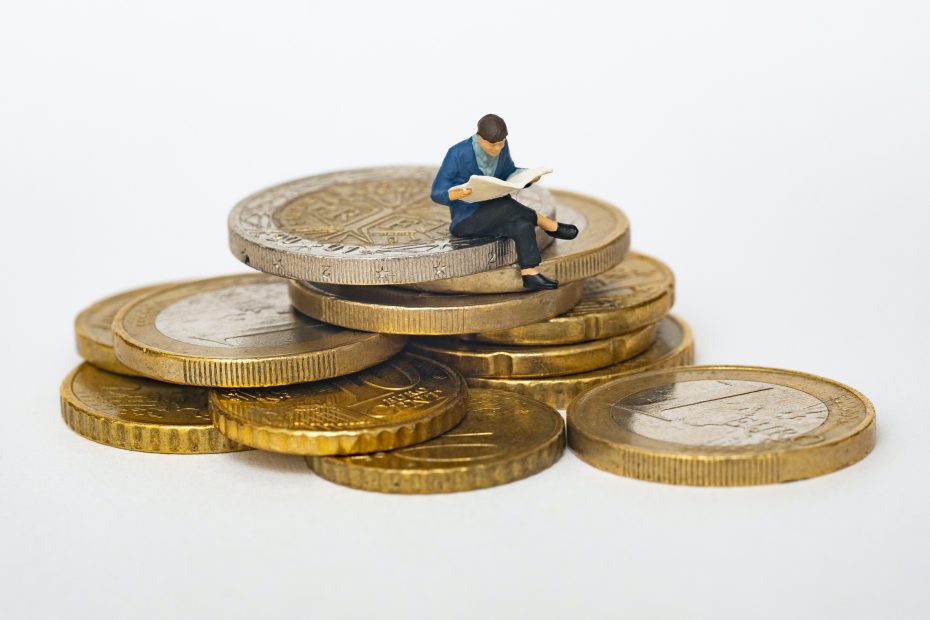Guinea, located in West Africa, is a country with a vibrant and diverse cultural heritage. With a population of approximately 13 million people, Guinea is home to over 20 ethnic groups, each with their own unique traditions. While political instability and poverty have challenged efforts to preserve Guinea’s culture, there is a growing movement to celebrate and share the country’s rich artistic and ethnic diversity with the world. This article will provide an overview of Guinea’s diverse ethnic makeup, languages, belief systems, artforms, cuisine, festivals, and World Heritage Sites. It will also discuss current challenges, as well as efforts to preserve cultural heritage.
Table of Contents
Guinea’s Diverse Ethnic Groups
There are over 20 different ethnic groups in Guinea, each with their own language, history, and cultural traditions. The Fulani people are the largest ethnic group, making up around 40% of the population. As traditionally nomadic herders, Fulani culture revolves around cattle-rearing. The Malinke are the second largest group at 30% of the population. They have a long history as traders and goldsmiths. The Susu people make up about 20% of Guinea’s population and have a strong history of trading kola nuts. Finally, the Forestiers live in the forested regions of Guinea and rely on the natural resources around them. Each group contributes rich artistic and cultural elements to Guinea as a whole.
Languages and Religions
While French is the official language, most Guineans also speak their own local languages. The most widely spoken are Fulfulde, Malinke, and Susu. In terms of religion, Islam is practiced by 85% of the population. Christianity accounts for 8%, while 7% retain animist beliefs or no religious affiliation. These statistics demonstrate the dominance of Islamic cultural influences in most aspects of Guinean life.
Art Forms
Guinea has a thriving artistic culture marked by vibrant self-expression. Music and dance play a central role, from the melodic sounds of the balafon (a wooden xylophone) to energetic dance ceremonies. Drums heartbeat at the center of Guinean music, with distinct drum rhythms and techniques belonging to each ethnic group. The kora, a stringed instrument, is also popular. Sculpture and masks, mainly made of wood, feature intricate carvings depicting ancestors, animals, and nature. They play an important role in rituals and ceremonies. Textiles and clothing vary between groups, featuring vibrant colors and patterns. The architecture utilizes traditional building techniques and materials like mud bricks. Mosques showcase Islamic influences.
Cuisine
Reflecting the diversity of cultures, Guinea’s cuisine varies by region but has some common elements. Staples like rice, millet, fonio and potato provide the foundation. These are enjoyed with stew and soup accentuated with herbs, peppers, greens, peanut sauce, fish and meat. With a long coastline, seafood like fish, shrimp, and crab also appear in many dishes. Tropical fruits like mango, papaya, pineapple and banana round out Guinean menus and provide refreshing sweetness. Meals are often eaten communally, reinforcing social bonds.
Festivals and Celebrations
Guineans celebrate many public holidays and festivals. Independence Day on October 2nd commemorates freedom from French colonial rule in 1958. The lively Fêtes Tournantes festival rotates between Guinean cities each year, featuring parades, dance, music, arts and food. People also observe Islamic holidays like Eid al-Fitr and Christian holidays like Christmas. These celebrations allow Guineans to showcase their exuberant cultural expressions.
World Heritage Sites
UNESCO recognizes two World Heritage Sites in Guinea. The biodiversity-rich Mount Nimba Strict Nature Reserve contains rare flora and fauna. Historic Town of Grand-Bassam preserves elegant colonial architecture. Their listing helps Guinea promote and protect its natural and manmade heritage.
Challenges
Several factors challenge Guinea’s cultural preservation efforts. Political instability since independence has hindered systematic promotion of heritage. Poverty limits resources available to the arts and heritage sites. Lack of infrastructure like roads and electricity isolate rural areas with vibrant cultural traditions. However, local and international groups are working to overcome these hurdles.
Efforts to Preserve Cultural Heritage
Guinea’s Ministry of Culture leads preservation efforts through policymaking, cultural education and programming. UNESCO provides technical and financial support for World Heritage Sites and intangible culture like music, festivals, and crafts. Local artists, musicians, storytellers, chefs and griots keep traditions alive through their work. While challenges remain, Guineans are proud of their diverse cultural roots and committed to ensuring their living heritage continues to thrive.
Conclusion
Guinea’s rich natural resources and ethnic diversity translate into a vibrant cultural heritage seen through art, food, languages, architecture, and more. Though political and economic hurdles persist, efforts to catalogue and promote Guinean culture aim to share its beauty and uniqueness with the world. With support and awareness, Guinea’s ancient and living cultural traditions can inspire future generations.
5 Unique FAQs
-
What is the balafon?
The balafon is a handcrafted wooden xylophone and a signature musical instrument from Guinea. It produces melodic, rhythmic sounds during cultural celebrations. -
What fabrics are used in traditional Guinean clothing?
Brightly colored cottons and silks are common fabrics. Some groups like the Malinké are known for their handwoven strips of cloth. -
What ingredients are key to Guinean stews?
Common ingredients include onion, tomato, peppers, garlic, leafy greens, palm oil, fish or meat, and hearty grains like rice or potato. -
What animals might you see at the Mount Nimba Nature Reserve?
Chimpanzees, leopards, giant forest hogs, African golden cats and the rare West African viper are some unique species found there. -
When did Guinea gain independence from France?
After over 60 years of French colonial rule, Guinea gained independence on October 2, 1958 under the leadership of President Sékou Touré.
